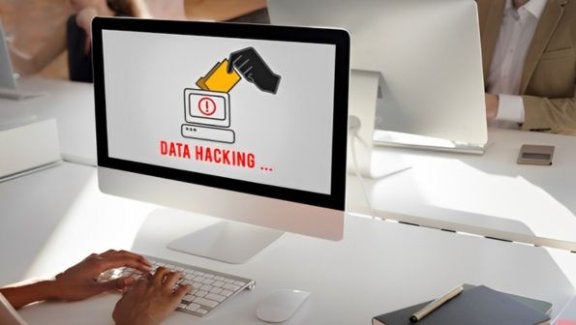Protect Your Data From Hackers: How To Avoid Email Phishing

As the Internet develops, so do the skills of those wanting to take advantage of it. Cybersecurity is crucial in order to ensure your data and personal information is safe from scammers and hackers.
Passwords are the minimum line of defense to ensure you are the only one with access to your accounts. In theory, you are the only one that knows it, but it can be compromised. Hackers work to remove or steal this security measure from you, and one of the main methods is called email phishing.
Phishing “Fake” Emails
In order for phishing emails to work, hackers and scammers often follow a similar formula. This method often does 1 of 2 things…
- Evoke a fear reaction from you. Bolded words that give a sense of urgency, time limits with the threats of account termination, red text, and more are examples of fear-based tactics.
- Make you believe that you know them. Online there are many ways for people to learn about you and use it against you. Even if an email uses your name or the name of a relative, gives details about your location, etc., it does not necessarily mean you can trust it.
No matter which tactic, at the end of the day they are attempting to get money or information from you. Luckily, they can not achieve that goal unless you act on the email. If you are not absolutely certain about an email’s legitimacy do not interact with it. Do not click/download any Word docs, PDFs, Excel spreadsheets, or JPEG/GIF pictures.
Tip: If you want to verify if an email is real: check for typos, look at the sender, google the title of the email to see if others have seen a similar scam, or call the official business that is “emailing” and ask for confirmation.
You Clicked A Sketchy Link. Now What?
It can be scary when you click a link and then realize it was not a good choice to do so. Thankfully, they may not have your information just yet. If you click a sketchy link and it brings you to a login page asking for your username and password, be cautious.
Once you enter that information, they will be able to access your other accounts. (Tip: Even though it can be hard to remember, having a variety of passwords, instead of one for all your accounts, can be another line of security defense).
Back-Up Security: Multi-Factor Authentication
Whether you accidentally gave them your information or not, there is still one last form of protection you can have- Multi-Factor Authentication (MFA). When you have MFA installed, whenever you sign into your account on a new device you should receive a call or email asking you to verify the person signing in is you.
All the scammer needs for access to your account is for you click the "Approve" icon on your device (or swipe up). Don't do it! If you did not just enter your username and information, then it is likely someone else did. Often there is text that says “is this you?” and tells you to change your password if not, which you should do immediately.
Cybersecurity Tips with MaxxSouth
Did you find this article helpful? MaxxSouth Broadband provides a variety of technology topics from Internet tips to cybersecurity support on our MaxxCommunity Blog. You can also reach out to our team of Technology experts the Brainiacs, for assistance.
